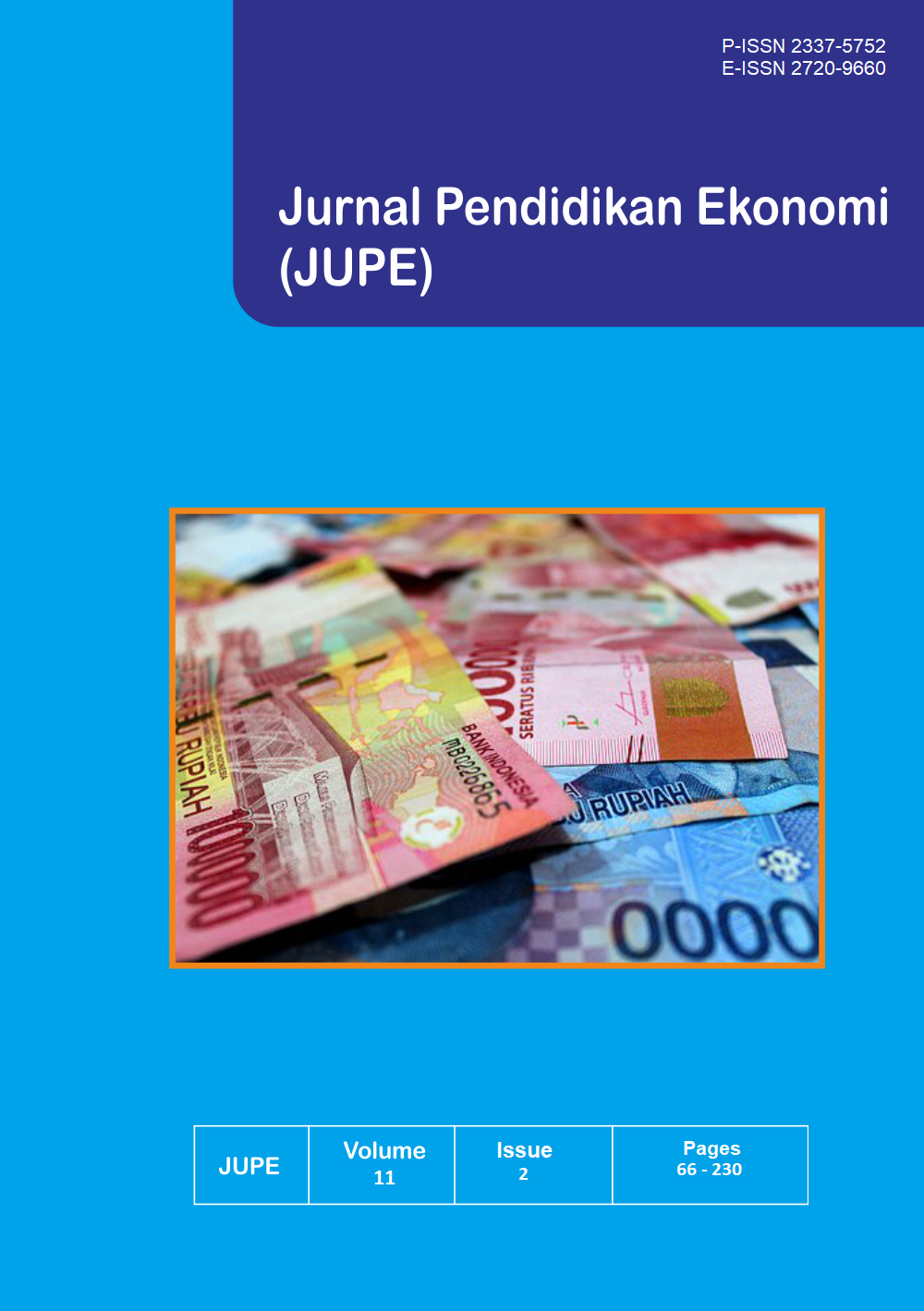Faktor-Faktor Yang Memengaruhi Penerapan Metode Pembayaran Digital Pada Usaha Mikro, Kecil, dan Menengah (UMKM) di Surakarta Dalam Menghadapi Era Revolusi Industri 4.0
DOI:
https://doi.org/10.26740/jupe.v11n2.p202-211Keywords:
digital payment, MSMEs, technology acceptance model (TAMAbstract
This study aims to analyze the determinants of the attitudes and intentions of UMKM in Surakarta City in implementing the digital payment system. This research is a quantitative descriptive research with 384 respondents as subjects of UMKM in Surakarta City who have implemented a digital payment system. The sampling technique was carried out using purposive sampling, namely MSMEs that have implemented digital payments. Data analysis technique using SEM-PLS. The results of the study show that perceived convenience influences perceptions of usefulness and attitudes of UMKM in Surakarta City in implementing payments. Next, the perception of expediency influences the attitudes and intentions of UMKM in Surakarta City in implementing digital payments. In addition, trust influences the attitudes and intentions of UMKM in Surakarta City in implementing digital payments. Finally, attitudes influence the intention of UMKM in Surakarta City to implement digital payments.
Downloads
Downloads
Published
How to Cite
Issue
Section
License
Copyright
- Authors retain copyright and grant the journal right of first publication with the work simultaneously licensed under a Creative Commons Attribution License that allows others to share the work with an acknowledgment of the work's authorship and initial publication in this journal.
 Abstract views: 578
,
Abstract views: 578
, PDF Downloads: 658
PDF Downloads: 658











